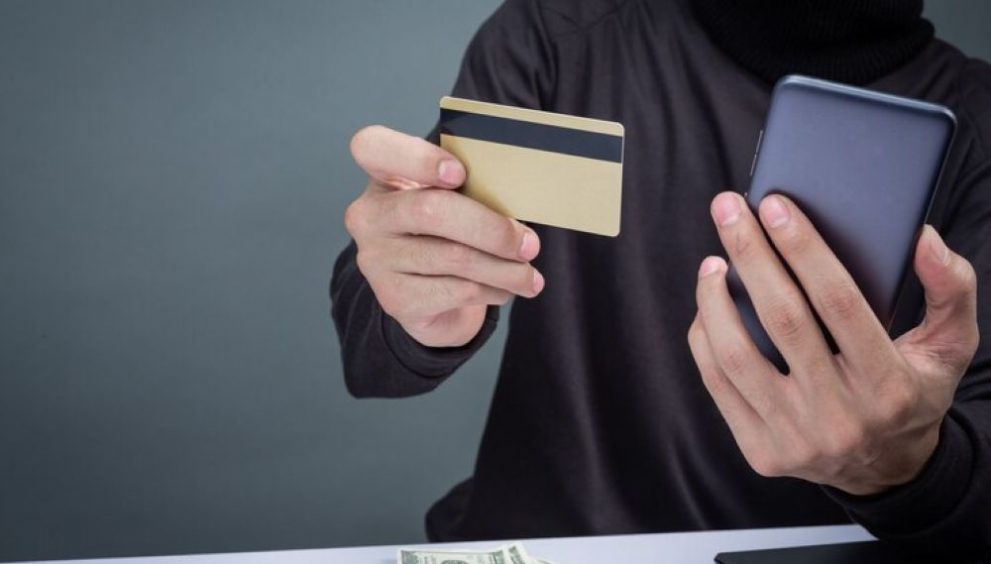The Unified Payments Interface (UPI) has revolutionized digital payments in India, offering a convenient and swift way to transfer money between bank accounts. However, the growing popularity of UPI has also attracted scammers looking to exploit unsuspecting users. As more people adopt digital payment methods, it’s crucial to be aware of the various types of UPI scams and know how to protect yourself from falling victim to payment fraud.
In this blog, we’ll explore the different types of UPI frauds and provide practical tips to help you stay safe while using UPI for your transactions. By understanding the tactics used by scammers and following best practices, you can enjoy the benefits of UPI without compromising your financial security.
What are UPI Scams and Payment Frauds
UPI scams are fraudulent activities that target users of the Unified Payments Interface, a real-time payment system that allows instant money transfers between bank accounts using mobile apps. These scams involve tricking users into revealing sensitive information or making unauthorized transactions, resulting in financial losses.
Payment frauds through UPI can have a significant impact on both individuals and businesses. Victims may lose their hard-earned money, face emotional distress, and spend considerable time and effort trying to recover their funds. Businesses that fall prey to UPI scams may suffer reputational damage and loss of customer trust, in addition to financial losses.
Types of UPI Scams You Need to Be Aware Of
To protect yourself from UPI payment scams, it’s essential to be aware of the different types of frauds that scammers employ. Here are some common UPI scams you should watch out for:
UPI ID Scam
In this type of UPI ID scam, scammers create fake UPI IDs or impersonate legitimate businesses to trick victims into transferring money. They may contact you via phone, email, or messaging apps, claiming to be from a well-known company or a government agency. The scammer will provide a fake UPI ID and request payment for various reasons, such as processing fees, tax payments, or refunds.
Fraudulent UPI Payment Requests
Scammers may send fake payment requests through UPI apps, urging you to pay for non-existent goods or services. These requests often come with a sense of urgency, pressuring you to act quickly without verifying the legitimacy of the request. The scammer may claim that you’ve won a prize, need to pay a fine, or are eligible for a refund, all in an attempt to trick you into authorizing a payment to their UPI ID.
Scammed via Bank Transfer
In this scam, fraudsters trick victims into transferring money using UPI by impersonating officials or promising quick returns. They may pose as bank representatives, claiming that your account has been blocked or that you need to update your KYC (Know Your Customer) details. The scammer will then provide a UPI ID and ask you to transfer a certain amount to verify your account or complete the KYC process.
Fake Payment Links and QR Codes
Fraudsters may send fake UPI payment links or QR codes via SMS, email, or messaging apps, leading victims to unknowingly authorize payments to fraudulent accounts. These links or QR codes often appear to be from legitimate sources, such as popular e-commerce platforms or payment apps. When you click on the link or scan the QR code, you may be directed to a fake website that looks identical to the genuine one, tricking you into entering your UPI PIN and authorizing a transaction.
OTP Phishing in UPI Payments
Scammers use phishing techniques to steal One Time Passwords (OTPs) and gain unauthorized access to UPI accounts. They may send you a message or call you, claiming to be from your bank or a payment app, and ask for the OTP sent to your registered mobile number. Once they have the OTP, they can log into your UPI account and make fraudulent transactions.
How to Protect Yourself from UPI Payment Frauds
To safeguard your finances and avoid falling victim to UPI payment frauds, follow these practical tips and best practices:
Always Verify Payment Requests
Before initiating any UPI transaction, always verify the legitimacy of the payment request, especially when dealing with unfamiliar contacts or businesses. Double-check the UPI ID, the amount to be transferred, and the purpose of the payment. If you have any doubts, contact the sender through a trusted channel to confirm the request.
Use Trusted Payment Apps and Channels
Stick to using trusted and secure UPI apps from reputable providers. Avoid downloading UPI apps from unknown sources or clicking on links received from unverified contacts. When making payments, ensure that you’re using the official UPI app and not a fake version designed to steal your information.
Enable Two-Factor Authentication (2FA) for UPI Payments
Enable two-factor authentication (2FA) on your UPI app to add an extra layer of security to your transactions. This means that in addition to your UPI PIN, you’ll need to enter a second factor, such as an OTP sent to your registered mobile number, to complete the transaction. 2FA makes it harder for scammers to gain unauthorized access to your UPI account.
Be Cautious with Unsolicited Links and Calls
Exercise caution when clicking on links or accepting calls related to UPI payments, as these could be phishing attempts. Scammers may send you messages or call you, claiming to be from your bank or a payment app, and ask for sensitive information such as your UPI PIN or OTP. Remember that legitimate entities will never ask for such information over the phone or through unsolicited messages.
Regularly Monitor Your Bank and UPI Transactions
Keep a close eye on your bank account and UPI transaction history to detect any unauthorized activities early. Regularly check your statements and transaction logs for suspicious transactions. If you notice any discrepancies or unauthorized transactions, report them to your bank and the UPI app provider immediately.
Report Fraud Immediately to Banks and Authorities
If you fall victim to a UPI fraud, report the incident to your bank and the relevant authorities, such as the National Payments Corporation of India (NPCI) and the cybercrime cell of your local police. Provide them with all the necessary details, including the transaction ID, date, time, and the recipient’s UPI ID. Swift reporting can help prevent further losses and aid in the investigation of the fraud.
Do Banks Refund Scammed Money?
In case of UPI fraud, the process of recovering scammed money can be complicated and time-consuming. Banks have different policies regarding fraud-related refunds, and the outcome may depend on various factors, such as the type of fraud, the amount involved, and the promptness of reporting the incident.
Generally, banks investigate fraud UPI transactions and may provide a refund if they determine that the customer was not at fault and had taken reasonable precautions to protect their account. However, if the bank finds that the customer was negligent or had shared sensitive information, such as their UPI PIN or OTP, with others, they may not be liable for the losses.
To increase your chances of getting a refund for UPI payment frauds, report the incident to your bank immediately, provide all the necessary details and evidence, and cooperate with their investigation. It’s also essential to file a complaint with the police and obtain a First Information Report (FIR) to support your claim.
UPI Fraud Detection and Prevention Solutions
As UPI scams become more sophisticated, technological advancements are being made to detect and prevent payment fraud. Online payment fraud detection solutions use artificial intelligence, machine learning, and data analytics to identify suspicious patterns and anomalies in UPI transactions.
These payment fraud detection systems can analyze various factors, such as the user’s transaction history, device information, location, and behavioral patterns, to flag potentially fraudulent activities in real-time. By leveraging these technologies, banks and UPI app providers can proactively prevent fraud through UPI and protect their customers from financial losses.
How Quick Heal Can Help You Protect Against UPI Scams
Quick Heal, a leading cybersecurity company, offers comprehensive solutions to help protect users against online UPI fraud and other cyber threats. Quick Heal Total Security is an all-in-one security suite that provides multi-layered protection for your devices, including real-time malware detection, safe banking features, and web security.
By using Quick Heal Total Security, you can safeguard your devices from malware and phishing attacks that often serve as entry points for UPI payment scams. The software’s safe banking feature creates a secure environment for your online banking and UPI transactions, protecting your sensitive information from keyloggers and screen capture attempts.
Additionally, Quick Heal’s web security module helps block malicious websites and phishing links, preventing you from accidentally clicking on fraudulent UPI payment links or downloading fake UPI apps.
Make Safe Payments By Staying Vigilant
As digital payments continue to grow in popularity, it’s crucial to stay vigilant against the various types of UPI frauds and payment fraud. By understanding the tactics used by scammers and following best practices, such as verifying payment requests, using trusted apps, enabling 2FA, and regularly monitoring your transactions, you can significantly reduce the risk of falling victim to UPI scams.
Remember, if you do fall prey to a UPI fraud, report it immediately to your bank and the relevant authorities to minimize your losses and help prevent others from becoming victims. By staying informed and proactive, you can enjoy the convenience of UPI payments while keeping your finances secure.
Check Out Our Full Antivirus Range


